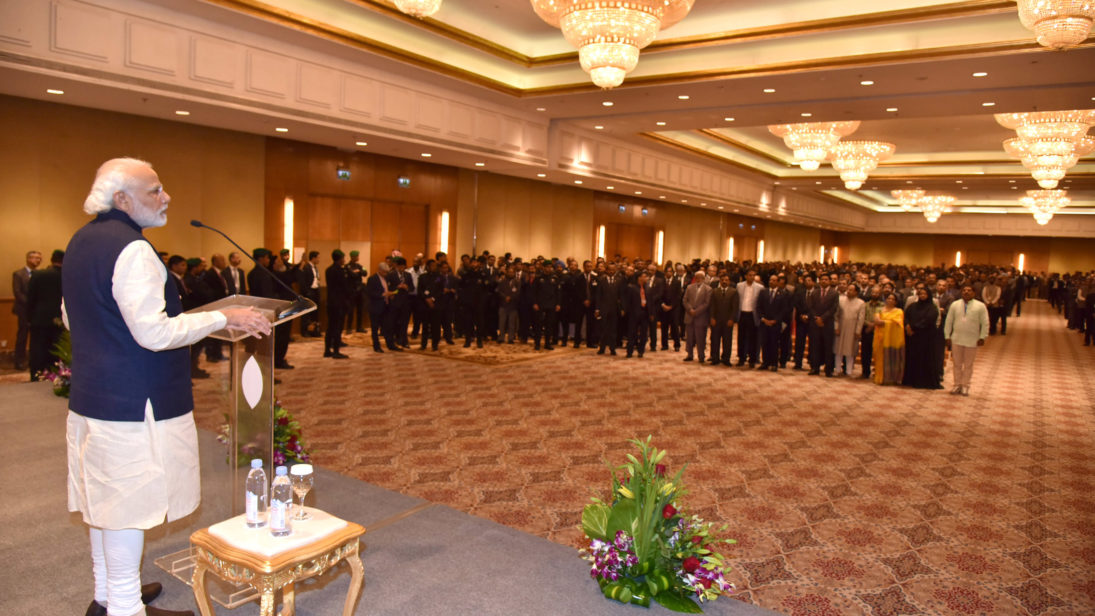
“India is a country where not only the future but even the past is unpredictable.”
– Wendy Doniger, 2009
***
Indologist Wendy Doniger said that while the “unpredictability of the past” was an inside joke among historians ruing the revisionist tendencies in Cold War Soviet Union, it could also be used in the Indian context. It is not clear if she had anticipated then the legal battle that her book The Hindus: An Alternative History would engender. On 11 February 2014, in the backdrop of a court battle against Doniger’s book, Penguin decided to destroy all of its copies. This event, on one hand, generates some conjecture about what Penguin plans to do with all the pulp from the book (papier mâché art?), and on the other, reaffirms that India is not yet ready to read its past comfortably. While I lack the expertise to comment on the intellectual rigor of her book on religious history from 50 million B.C. to 1950 (trop longue durée!), the court case and the subsequent decision by the publishing house, re-ignited a series of pertinent questions in my mind about the strategic culture of this young country and an old civilization.
The timing could not be more appropriate. General elections in India are scheduled later this year, and the Hindu right nationalist Bharatiya Janata Party (BJP) might return to power. Remember the last time the BJP was at the helm of the central government in New Delhi? Pokhran II and its security-driven rationale presented in the letter from Prime Minister Vajpayee to President Clinton. And remember what happened after that? There was an outburst of studies on the Indian strategic culture with several “isms” thrown into the debate. India probably had a strategic culture, even a muscle-flexing one, and George Tanham was absurdly mistaken.[1]
What distinguished the nuclear tests of 1998 from the one in 1974, was not merely a different political party in power, but the justification provided for the act— national security as opposed to a contested peaceful intent. So how peaceful was the nuclear explosion of May 1974? This question, even after four decades of the test, invites reactions ranging from frowns to straightforward outrage in New Delhi. Quite rightly, it opens old wounds of international criticism and technology-denial of the time— what India has learnt to put past itself since the 2008 Indo-U.S. civil nuclear agreement. This leads to the larger question: How willing is India to revisit its past of almost 67 years of independent foreign policy-making? The question is pertinent, and such an enterprise mandatory, if we expect ourselves to comprehend and assess the country’s strategic culture.
[1] See for instance Kanti Bajpai, “The BJP and the Bomb,” in Inside Nuclear South Asia edited by Scott D. Sagan, 25-67 (Stanford, CA: Stanford University Press, 2009) and Kanti Bajpai, “Indian Strategic Culture,” in South Asia 2020: Future Strategic Balances and Alliances edited by Michael Chalmers, 245-304 (Carlisle, PA: Strategic Studies Institute, 2002).
***
Image: Narendra Modi, Flickr